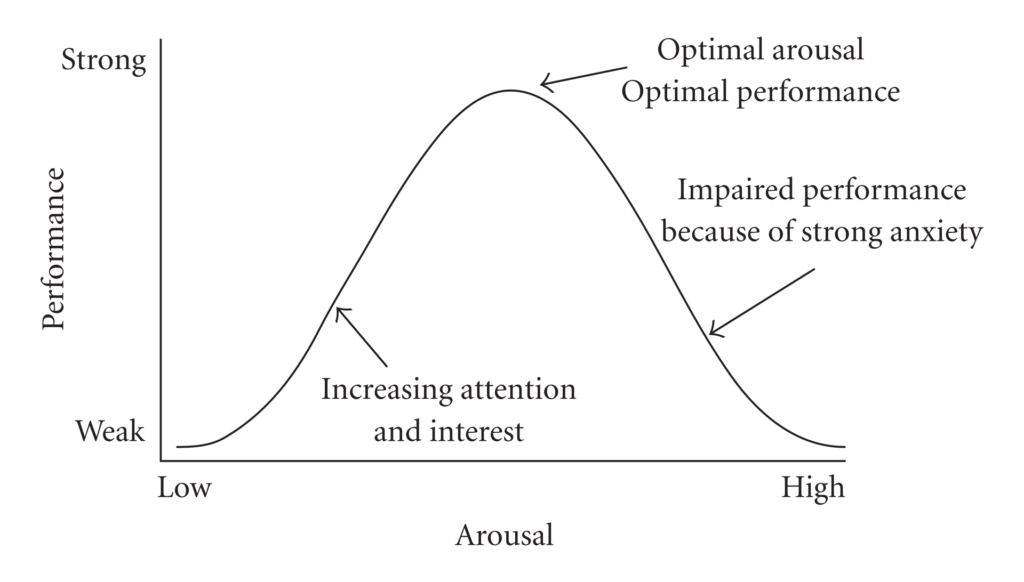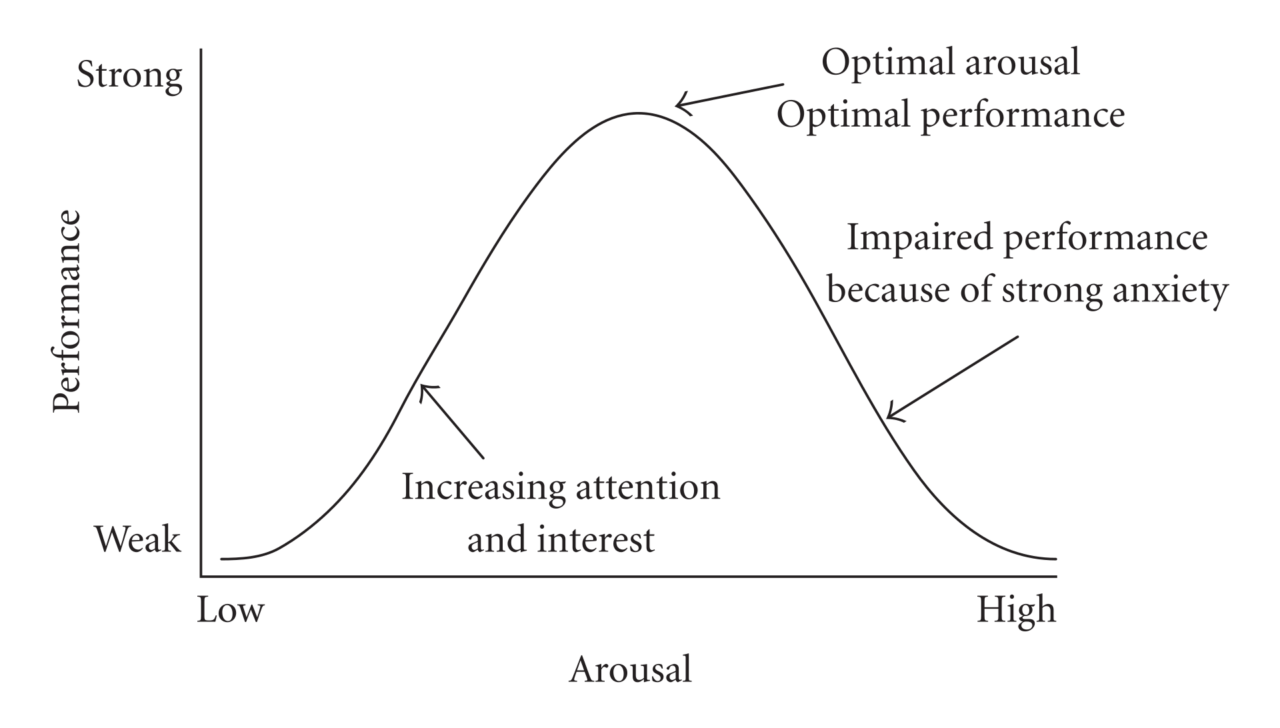Can’t bring yourself to tackle a big project?
That also looks simultaneously deadly boring and nightmarishly terrible?
(ahem, involves SharePoint, obvs)

If SharePoint was having a bath it would be like this
To recap my previous posts on this, I am starting work on a big project to tidy up the filing system on a big shared network drive that has been used by many different people in different ways over many years. As well as sorting out the files themselves, the filing procedures used by the office staff will also have to be rationalised, standardised and brought in line with data protection regulations, using metadata, SharePoint, possibly PowerApps, and Flows, which are the new version of SharePoint Workflows. And the office staff will hate that.
For those who have managed to avoid it, SharePoint is what happened when Microsoft sent their Trainspotting and Alphabetisation Club to learn bureaucracy from every big organisation in the world. I fully expect someone from Microsoft to land in my comments someday and say that’s true.
Anyway, at first I had a fun Unix project to distract me, followed by an initial meeting with the new office manager and other staff involved. That was ok. It was my first attempts to get back into the SharePoint frame of mind this afternoon that led me to Google: ‘What can you do when you’re dreading a big project at work?’
Here’s what Google copied and served to me as a summary answer from a much better article that is here:
6 Steps to Tackle That Project You’re Dreading by Kat Boogard, Inc.com
Use these six steps, and you’re sure to make progress on those challenging projects that keep hanging over your head.
- Give Yourself a Pep Talk.
- Force Yourself to Commit.
- Break it Down.
- Find the Right Timing.
- Don’t Be Afraid to Ask for Help.
- Stay Focused on the Finish Line.
Here I am, using those six steps now:
- So this is my Pep Talk. Yay.
- Blogging about it is also forcing me to at least start thinking about it. It’s fair to say though, at the same time more and more of me is still frantically looking for the exits.
- Break it down. Ok, yes, I think that will be the key. There may be smaller, more interesting, sub tasks I can hide out in for short times and distract myself from the overall hellishness, like my Unix file counting challenge, or setting up a Teams group.
- Find the Right Timing. In one sense, there obviously hasn’t been any right time for this for years. No one wants to do it. In another sense, it is continually becoming more urgent as the potential legal risks accumulate.
- Don’t Be Afraid to Ask for Help. I’m not afraid to, it’s more that I can foresee more and more people being afraid to answer me, in fact crossing the streets to avoid me after I do.
- Stay Focused on the Finish Line. That’s another thing. I am pretty sure the people who will have to use this system will find the whole process tiresomely disruptive, and the end result infuriatingly bureaucratic, time wasting and complex. But legal.
- Stop making a mental list of not-so-bad things about prison. It wouldn’t be prison anyway. It would be a massive fine, a lot of bureaucratic legal paperwork, and then still doing the project, with worse deadlines.
- Stop making up imaginary songs with names like ‘Head full of Dread’.
- Remember there’s a reason why people get paid for their work, and it’s because it’s not instant, effortless and fun.
- Finish line. Finish line. One day this will all be done and then SharePoint will go away. Of course it will.
And all the legal risks of data storage will in theory have been taken care of, which after all is the main point.
Could Time Management Techniques help?
I watched a management training video about this once, and looking up some of the terms I remembered led me to this article that was short, friendly and useful, although it did seem determined to remind me of lunch:
Time Management Techniques: salami, pomodoro, swiss cheese. Casual.PM say of their blog: ‘We write about project management for non-project managers.’ And thank God they do, without jargon.
The Pomodoro Method
The Pomodoro technique involves setting a kitchen timer to make yourself focus on one particular task that can be completed within a short time span (25 minutes is suggested). It sounds good, but my tasks are nowhere near that well defined yet.
The Salami Method
Slice your complex task into smaller sub-tasks, taking into account their dependencies on each other sub-task being finished. You can then schedule them as small activities that can be tackled using the Pomodoro Method.
Ok, sounds like a good plan and I like it, but I still feel like I’m not even at that point yet.
The Swiss Cheese Method
The Swiss Cheese method involves nibbling small tasks out of something huge and complex, like making holes in Swiss Cheese. Here’s how the people from Casual PM describe it:
With this method you can start a complex or unpleasant task in less than 5 minutes even if you don’t know how to approach the issue. Find something within the range of the task that you can do in 5 minutes, you are familiar with it, and it is less unpleasant than the other activities. Do it. It’s gonna be the first hole in your cheese… This technique is perfect when there are grey areas in the task. First, cover what is clear for you. Results will shed some light on those unclear parts and finally make them easy to do as well.
To me, this does sound like a promising place to start, and not least because ‘complex and unpleasant task’ does scream ‘SharePoint’ (something I’ll no doubt be doing soon).
It can’t all be solved by time management though. For one thing, much of the planning as the project progresses will need to be done in communication with the office staff who use the system.
But worse still, I’m coming to realise that for me the whole existence of SharePoint has become obfuscated by a feeling of stress, and not the good kind. Above all, I’m getting a creeping sense of dread that I’m not the right person for this job, and vice versa. But hey, I’ll just have to get round that, right?
Stress: Distress is Bad Stress and Eustress is Good Stress
Hebbian version of the Yerkes–Dodson curve for a difficult task

Hebbian version of the Yerkes–Dodson curve for a difficult task.
Public domain, via Wikimedia Commons
I clearly have to get over this, and if I do it will be good for my job security. And on the bright side, I think the Swiss Cheese method might be a reasonable approach to SharePoint-phobia as well, leaving me no more management theories about this to read. Yay.
So the Time Management inspired approach to my plan will be: start off by attacking bits of SharePoint with the Swiss Cheese method, until it becomes clear enough to subdivide tasks using the salami method, and then tackle them in a focused way using the Pomodoro method. Now I feel like a sandwich.
And how will I attack SharePoint? To be continued in another post…
In the meantime, it’s good to know I have the support of my friends and family who have used SharePoint before:

Thanks guys!! 👍 They’ve definitely got my back. Probably.
Links
- 6 Steps to Tackle That Project You’re Dreading by Kat Boogard, Inc.com
- BOGLEECH.COM’S TOP TEN MUCK MONSTERS. Definitely the most relevant link.
- Eustress – Wikipedia
- Time Management Techniques: salami, pomodoro, swiss cheese – Casual.PM Blog: ‘We write about project management for non-project managers.’ And thank God they do.
- The Pomodoro Technique: Do more and have fun with time management – Francesco Cirillo. Well he’s nothing if not ambitious.
- How to Get Control of Your Time and Your Life by Alan Lakein, inventor of the Swiss Cheese Method. Also on GoodReads
- Previous posts about this project started with: ‘Can I turn a massive bureaucratic, er, challenge into a fun Unix challenge?’ (to which the answer was ‘Yes, but only a bit’).
(By Yerkes and Dodson, Hebbian - Diamond DM, et al. (2007). "The Temporal Dynamics Model of Emotional Memory Processing: A Synthesis on the Neurobiological Basis of Stress-Induced Amnesia, Flashbulb and Traumatic Memories, and the Yerkes-Dodson Law". Neural Plasticity: 33. doi:10.1155/2007/60803. PMID 17641736., CC0, https://commons.wikimedia.org/w/index.php?curid=34030428)
(Image: The Stink Spirit gets a bath. Hayao Miyazaki, Studio Ghibli: Spirited Away. )



Leave a Reply